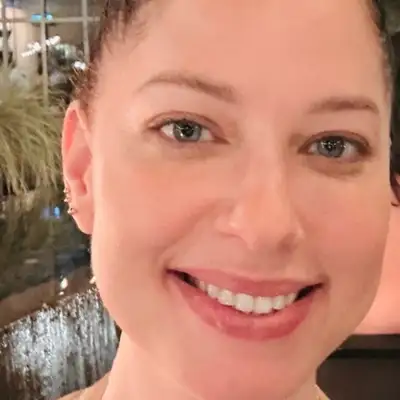
Quantum memories with Steve Girvin
In this episode of The New Quantum Era podcast, host Sebastian Hassinger speaks with Steve Girvin, professor of physics at Yale University, about quantum memory - a critical but often overlooked component of quantum computing architecture. This episode was created with support from the American Physical Society and Quantum Circuits, Inc.
Episode Highlights
- Introduction to Quantum Memory: Steve explains that quantum memory is essential for quantum computers, similar to how RAM functions in classical computers. It serves as intermediate storage while the CPU works on other data.
- Coherence Challenges: Quantum bits (qubits) struggle to faithfully hold information for extended periods. Quantum memory faces both bit flips (like classical computers) and phase flips (unique to quantum systems).
- The Fundamental Theorem: Steve notes there’s “no such thing as too much coherence” in quantum computing - longer coherence times are always beneficial.
- Quantum Random Access Memory (QRAM): Unlike classical RAM, QRAM can handle quantum superpositions, allowing it to process multiple addresses simultaneously and create entangled states of addresses and their associated data.
- QRAM Applications: Quantum memory enables state preparation, construction of oracles, and processing of big data in quantum algorithms for machine learning and linear algebra.
- Tree Architecture: QRAM is structured like an upside-down binary tree with routers at each node. The “bucket brigade” approach guides quantum bits through the tree to retrieve data.
- Error Resilience: Surprisingly, the error situation in QRAM is less catastrophic than initially feared. With a million leaf nodes and 0.1% error rate per component, only about 1,000 errors would occur, but the shallow circuit depth (only requiring n hops for n address bits) makes the system more resilient.
- Dual-Rail Approach: Recent work by Danny Weiss demonstrates using dual resonator (dual-rail) qubits where a microwave photon exists in superposition between two boxes, achieving 99.9% fidelity for each hop in the tree.
- Historical Context: Steve draws parallels to early classical computing memory systems developed by von Neumann at Princeton’s IAS, including mercury delay line memory and early fault tolerance concepts.
- Future Outlook: While building quantum memory presents significant challenges, Steve remains optimistic about progress, noting that improving base qubit quality first and then scaling is their preferred approach.
Key Concepts
- Quantum Memory: Storage for quantum information that maintains coherence
- QRAM (Quantum Random Access Memory): Architecture that allows quantum superpositions of addresses to access corresponding data
- Coherence Time: How long a qubit can maintain its quantum state
- Bucket Brigade: Method for routing quantum information through a tree structure
- Dual-Rail Qubits: Encoding quantum information in the presence of a photon in one of two resonators
References
- Weiss, D.K., Puri, S., Girvin, S.M. (2024). “Quantum random access memory architectures using superconducting cavities.” arXiv:2310.08288
- Xu, S., Hann, C.T., Foxman, B., Girvin, S.M., Ding, Y. (2023). “Systems Architecture for Quantum Random Access Memory.” arXiv:2306.03242
- Brock, B., et al. (2024). “Quantum Error Correction of Qudits Beyond Break-even.” arXiv:2409.15065
Creators and Guests

Composer
Omar Costa Hamido
OCH is a performer, composer, and technologist, working primarily in multimedia and improvisation. His current research is on quantum computing and music composition, telematics, and multimedia. He is passionate about emerging technology, cinema, teaching, and performing new works. He earned his PhD in Integrated Composition, Improvisation and Technology at University of California, Irvine with his research project Adventures in Quantumland (quantumland.art). He also earned his MA in Music Theory and Composition at ESMAE-IPP Portugal with his research on the relations between music and painting. In recent years, his work has been recognized with grants and awards from MSCA, Fulbright, Fundação para a Ciência e a Tecnologia, Medici, Beall Center for Art+Technology, and IBM.


